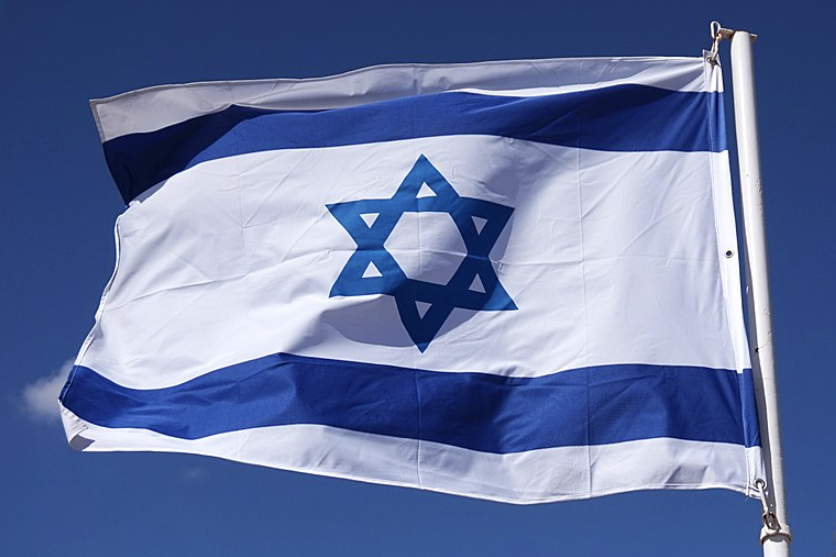
On Friday, an official statement from Rear Admiral Daniel Hagari confirmed Israel’s decision to broaden its ground campaign in Gaza. This development follows recent reports highlighting heavy bombings in the region. Hagari announced to the media, “In addition to the attacks carried out in the last few days, ground forces are expanding their operations tonight.” He also mentioned Israel’s intensified operations targeting Gaza in the recent past but provided no specific details.
This comes in the wake of attacks from Hamas roughly three weeks ago that resulted in the death of several hundred civilians, prompting Israel’s most significant aerial onslaught against Gaza to date. The possibility of a ground invasion had been previously indicated by Israeli authorities. Hagari shed light on Hamas’ activities, stating that they have underground facilities beneath Shifa, Gaza’s largest hospital. “Right now, terrorists move freely in Shifa Hospital and other hospitals in Gaza,” he revealed. Israel possesses “concrete evidence” suggesting that numerous terrorists sought refuge in the hospital post the October 7 attacks. He emphasized to reporters, “Hamas wages war from hospitals” and utilizes fuel from medical centers for their operations. Drawing a contrast, Hagari said, “Hamas terrorists operate inside hospitals precisely because they know the IDF distinguishes between terrorists and civilians. Israel targets terrorists, Hamas targets Israeli civilians and Gazan civilians.”
In a related development, Israeli Defense Minister Yoav Gallant hinted at an impending exhaustive ground operation aimed at neutralizing Hamas, which might necessitate a considerable duration to disrupt Hamas’ extensive tunnel network. As quoted by The Guardian, he stated, “We are preparing them, and we will carry them out. I am determined to deliver victory.”
Separately, Palestinian sources indicate that communication lines, including mobile and internet services, in Gaza have been compromised. The local telecom giant, Paltel, reported to The Associated Press a complete communication breakdown, attributed to the ongoing bombardments. Speaking from Shifa Hospital, Hamas spokesperson Salama Moussa vehemently denied the allegations regarding their operations based at the medical facility, dismissing them as “lies” and expressed concerns over potential strikes targeting the hospital. He voiced his fears, saying, “I ring the alarm bell. There is imminent danger hovering above the medical facility” and its occupants.
The nightscape of Gaza City on Friday was punctuated with multiple explosions resulting from airstrikes, coinciding with a communication blackout affecting internet, mobile, and fixed line services. Aid organizations, including the Red Crescent, expressed their inability to establish contact with their ground teams. Highlighting the gravity of the situation, the Red Crescent voiced its apprehensions in a statement, saying, “We are deeply concerned about the ability of our teams to continue providing their emergency medical services.”
The situation in Gaza is not just a localized conflict; it holds the potential to spark a broader conflagration in the larger Middle East region. In a related incident, U.S. military aircraft targeted locations in Syria’s eastern parts, linking them to Iran’s Revolutionary Guard, following multiple attacks on U.S. personnel. John Kirby, the spokesperson for the White House National Security, informed ABC News about the targets, emphasizing that the actions were in self-defense. Kirby detailed the U.S.’s defensive posture, saying, “Well, these strikes were very much done in self-defense. As you know, our forces and facilities had come under a range of attacks, rocket attacks, largely by these proxy groups, but they’re backed by Iran, in Iraq, and in Syria.”
Amid the escalating tensions, U.S. President Joe Biden addressed a stern warning to Iran’s Supreme Leader Ayatollah Ali Khamenei. In a move to deter any possible escalation, the U.S. has dispatched two aircraft carrier strike groups to the region.
Recent events have also seen exchanges of fire between Israel and Hezbollah, supported by Iran, along the Israeli-Lebanon border. Moreover, last week witnessed the interception of multiple missiles and drones directed at Israel by Iranian-aligned Houthi rebels from Yemen by a U.S. Navy destroyer in the northern Red Sea. Reports from Egypt mentioned an unmanned aerial vehicle crashing in Taba, located on the Israeli border, injuring a few, while another unexplained incident occurred near Nuweiba’s power facility, as reported by the state-run Al-Qahera news.




